SOURCE: IDRW.ORG
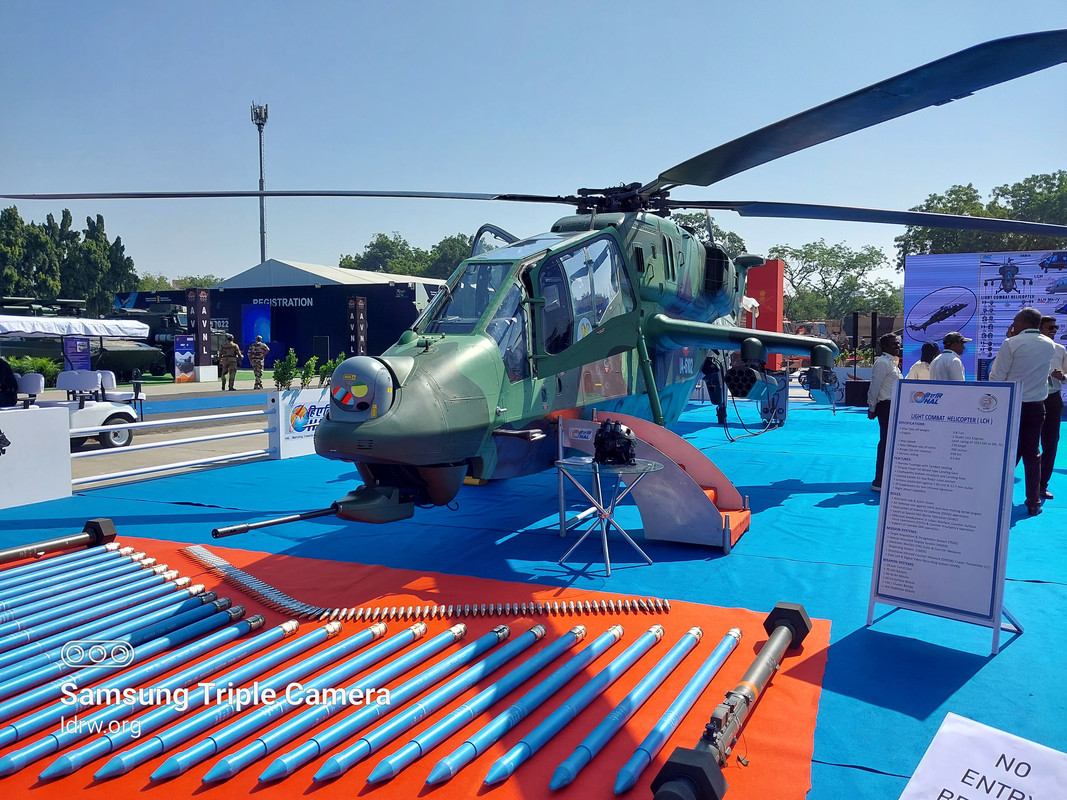

Hindustan Aeronautics Limited (HAL) recently received a Request for Proposal (RFP) for the supply of 156 LCH Prachand attack helicopters, with 90 units earmarked for the Indian Army and 66 for the Indian Air Force (IAF). However, this might just be the beginning for the Prachand’s journey with the IAF.
The IAF is reportedly reconsidering its plans to procure additional heavy-lift Apache attack helicopters. This opens the door for a potential expansion of the Prachand order. The IAF is impressed with the Prachand’s capabilities and might opt for more indigenous helicopters to fulfill its needs.
Continue readingSOURCE: IDRW.ORG
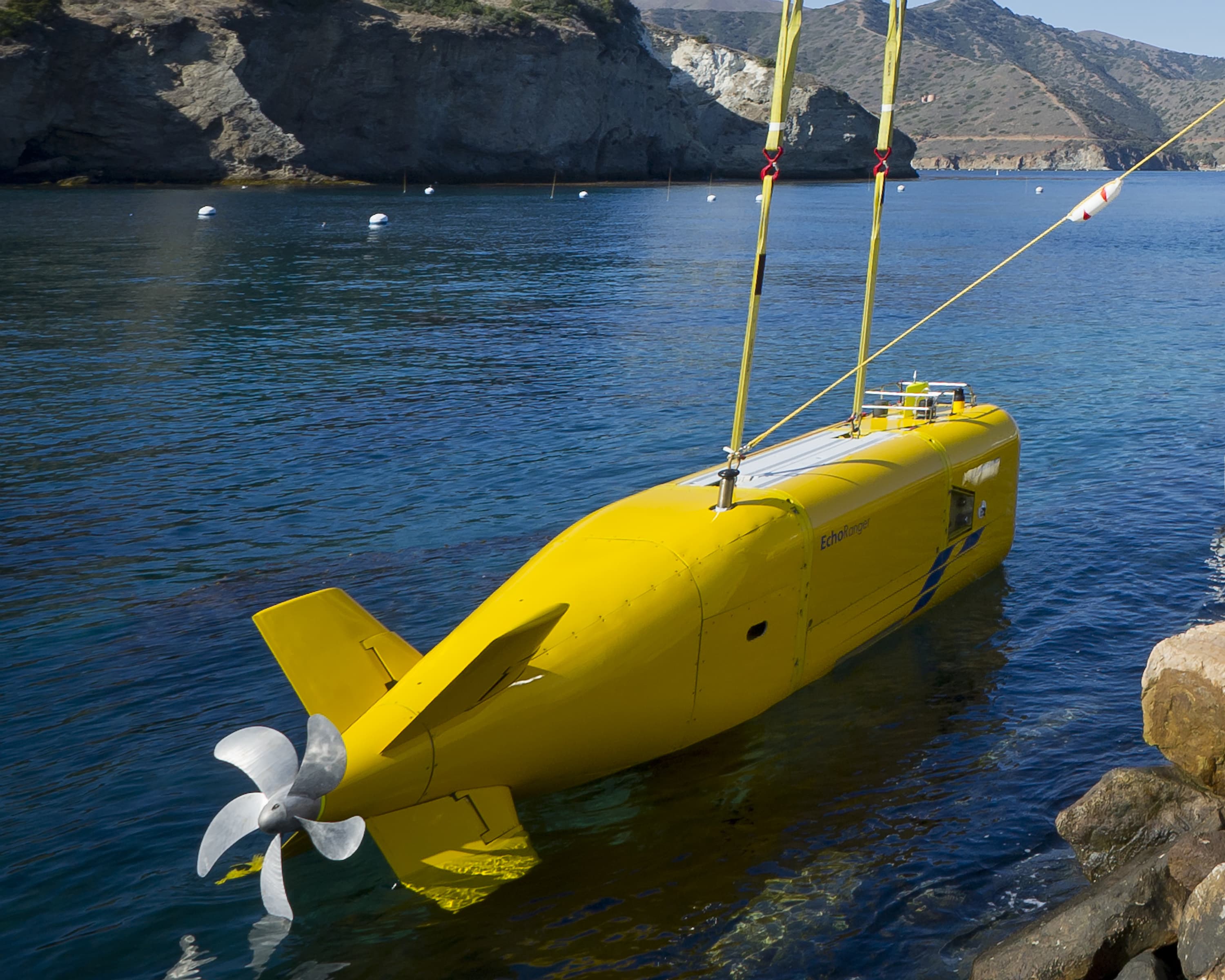

The Defence Research and Development Organisation (DRDO) is seeking an innovative Indian startup to develop a next-generation underwater vehicle under its Technology Development Fund (TDF) scheme. This groundbreaking project aims to create an Underwater Launched Autonomous Underwater Vehicle (ULAUV) capable of enhancing India’s underwater military capabilities.
The ULAUV is designed to be deployed from underwater platforms, significantly extending their reach and capabilities. Imagine a submarine discreetly launching a drone to gather intelligence, conduct surveillance, or even carry out reconnaissance missions. This ULAUV will be a game-changer for underwater ISR (Intelligence, Surveillance, and Reconnaissance) operations.
Continue readingSOURCE: RAUNAK KUNDE / NEWS BEAT / IDRW.ORG


recent report in “The Print” indicates that India and France have reached a critical milestone in negotiations for the procurement of 26 Rafale M fighter jets for the Indian Navy. The agreement pertains to the base price of the aircraft, which will be tailored to meet the Navy’s specific operational needs.
These Rafale M fighters will incorporate several enhancements requested by the Navy to ensure seamless operation from both indigenous and Russian-origin aircraft carriers. These modifications will build upon the improvements already implemented for the Indian Air Force’s (IAF) Rafale jets.
Continue readingSOURCE: RAUNAK KUNDE / NEWS BEAT / IDRW.ORG


The Aeronautical Development Establishment (ADE), a premier laboratory of India’s Defence R&D Organisation (DRDO), is seeking Indian industry partners for the design and development of a critical technology: a Sense and Avoid System for Medium/High Altitude Long Endurance UAVs (Unmanned Aerial Vehicles).
A pre-EoI submission meeting will be held at ADE to discuss the project in detail, including proposed workshare plans across various domains. This meeting is mandatory for all interested partners. Attending companies must sign a Non-Disclosure Agreement (NDA) with ADE before the meeting. Authorized signatories with company seals are required to be present.
Continue readingSOURCE: RAUNAK KUNDE / NEWS BEAT / IDRW.ORG


The Indian Air Force (IAF) is actively pursuing the development and procurement of unmanned Loyal Wingmen and Strike platforms to bolster its offensive capabilities. However, a senior official recently clarified to idrw.org that these unmanned systems are not intended to replace traditional manned fighter jets.
The IAF currently operates 33 squadrons, a figure already below its sanctioned strength of 42 due to the retirement of ageing aircraft. This number is expected to drop further to 30 squadrons in the coming years as more planes reach the end of their service life.
Continue readingSOURCE: IDRW.ORG
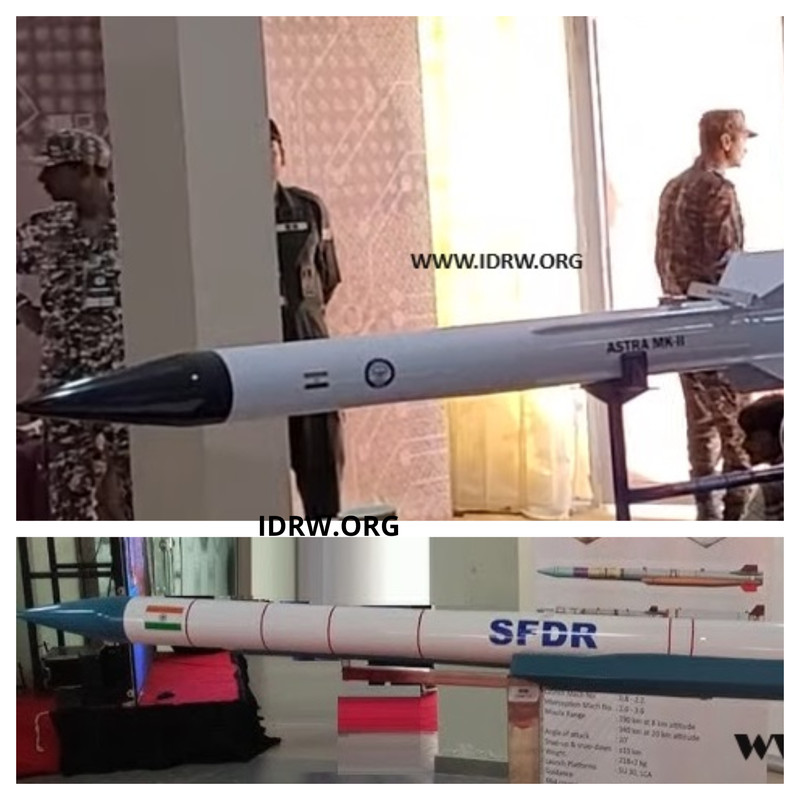

The Indian Air Force (IAF) is prioritizing the development of long-range missiles and robust communication networks following a critical lesson learned from the events of February 27th, 2019. During that engagement, communication blackouts significantly hampered IAF operations.
The 2019 incident exposed a vulnerability in the IAF’s communication systems. Scrambled MiG-21s lost contact with control, vectored Su-30MKIs flew “deaf,” and Mirage 2000Is, the first to detect enemy JF-17s, lacked crucial information due to communication limitations.
Continue readingSOURCE: IDRW.ORG


The Chinese research vessel ZHOUNG SHAN DA XUE has reportedly entered the Bay of Bengal and is currently moving past Campbell Bay. The purpose of its mission and its planned route remain unclear.
Meanwhile, another Chinese research vessel, XIANG YANG HONG 03, is expected to enter the Indian Ocean Region via the Malacca Strait. Its arrival coincides with a previously announced Notice to Airmen (NOTAM) issued by India, restricting airspace in the region from July 17 to 26, 2024, for a potential missile test.
Continue readingSOURCE: RAUNAK KUNDE / NEWS BEAT / IDRW.ORG


In a significant shift in its defence procurement strategy, the Indian government is demanding complete fighter jet manufacturing within the country for its upcoming Multi-Role Fighter Aircraft (MRFA) program. This move signals a departure from the previous piecemeal approach under the Make in India initiative.
Under the new policy, any vendor vying for the MRFA contract, valued at an estimated $23 billion, must be willing to establish a manufacturing unit in India capable of producing the entire aircraft. This goes beyond the offset obligations of previous deals, where only parts of the aircraft were manufactured domestically. Additionally, the government seeks technology transfer and a joint venture with a local partner for full-scale production.
Continue readingSOURCE: RAUNAK KUNDE / NEWS BEAT / IDRW.ORG
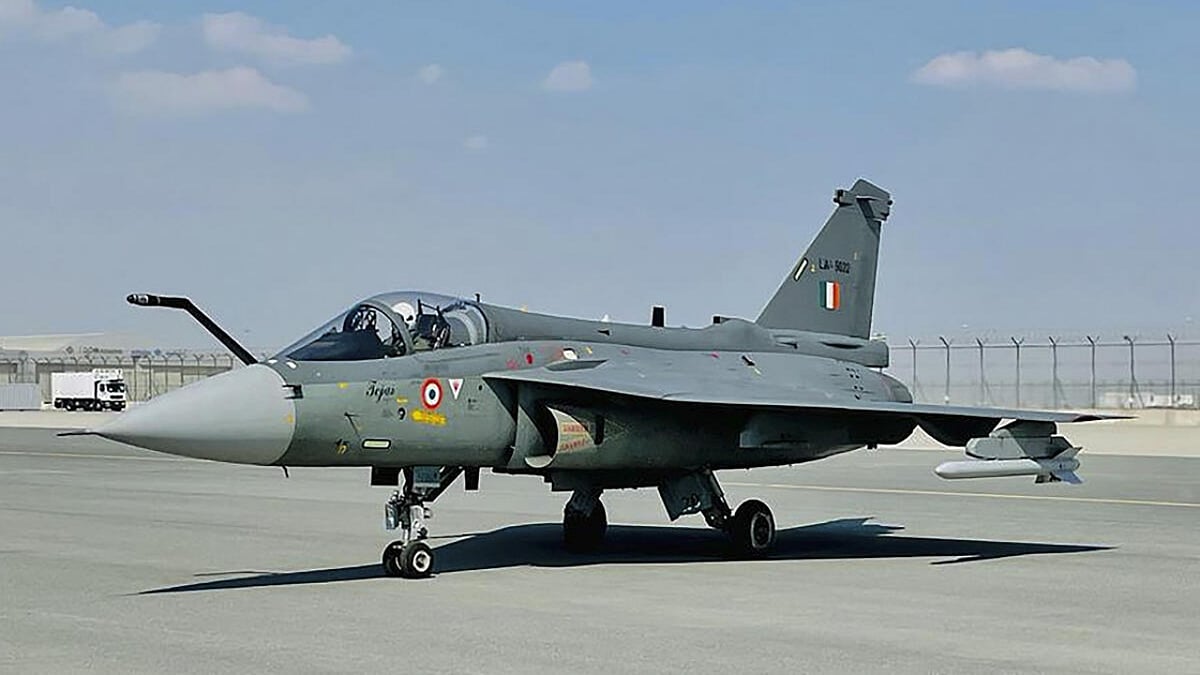

India’s Light Combat Aircraft (LCA) Tejas Mk1A program faces a potential delay due to ongoing issues with the supply of F404 engines from GE Aerospace. Sources close to the program have informed idrw that these delays could push back deliveries by over 10-12 months.
The Tejas Mk1A was designed specifically for the F404 engine, and there is currently no viable alternative. The Kaveri engine, an indigenous option being developed by India, is still facing delays and is not expected to be ready for production for another 5-6 years. The RD-33 engine, considered in the early 1990s, is no longer a feasible fallback solution.
Continue readingSOURCE: RAUNAK KUNDE / NEWS BEAT / IDRW.ORG


In a move towards greater inter-service cooperation and improved safety, the Indian Army is leading a joint initiative to procure specialized explosive vans for the transportation of ammunition by the Army, Navy, and Air Force.
The current practice of using General Staff (GS) vehicles for transporting explosives is deemed hazardous due to inadequate fire and security measures. The new explosive vans aim to address these shortcomings by providing a safer and more secure mode of transporting ammunition.
Continue readingSOURCE: IDRW.ORG


The Indian Army has taken a significant step towards bolstering its off-road mobility with the issuance of a Request for Proposal (RFP) for 24 units of the All-Terrain Vehicle (ATV) SHERP-N 1200, also known as the ATOR N1200. This robust vehicle is being indigenously manufactured by JSW Gecko Motors Pvt Ltd, marking the JSW Group’s foray into the Indian defense sector.
JSW Gecko Motors, a subsidiary of the leading JSW conglomerate, recently acquired a majority stake in Gecko Motors, an established player in the extreme off-road vehicle domain. Production of the ATOR N1200 is underway at JSW Gecko’s newly established manufacturing facility in Chandigarh, Punjab.
Continue readingSOURCE: IDRW.ORG
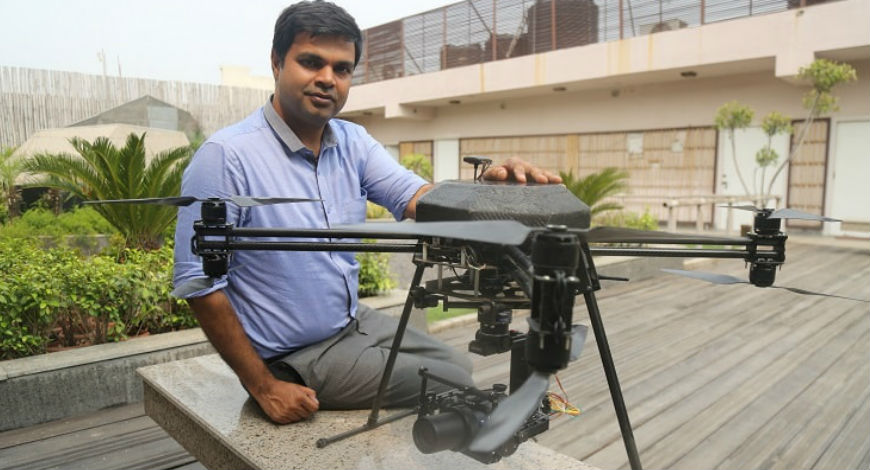

Indian startup Omnipresent Robot Technologies is making waves in the defense sector with its development of Artificial Intelligence for Machine Learning (AIML) software for the Indian Air Force (IAF). This innovative solution promises near real-time updates derived from satellite imagery, potentially revolutionizing the IAF’s situational awareness.
The software, designed for satellite-based solutions, will be a game-changer for the IAF. Imagine this: satellites surveying border areas constantly feeding information into the AI. The AIML software will then analyze the imagery, detecting developments like new infrastructure or military equipment deployment in near real-time. This critical information will be delivered to the IAF, empowering them to make intelligent decisions based on the latest intel.
Continue readingSOURCE: RAUNAK KUNDE / NEWS BEAT / IDRW.ORG


The Indian Air Force (IAF) is considering a new approach for maintaining the F-404 engines that power its Tejas Mk1A fighter jets. This strategy takes inspiration from the IAF’s management of its Pilatus PC-7 Mk.II trainer fleet.
Similar to how the IAF directly engages with Pratt & Whitney, the engine manufacturer for the PC-7, the Air Force is mulling bypassing Hindustan Aeronautics Limited (HAL) and working directly with GE Aerospace, the makers of the F-404 engines. This approach aims to streamline the spare parts and supply chain process, eliminating unnecessary middlemen.
Continue readingSOURCE: RAUNAK KUNDE / NEWS BEAT / IDRW.ORG


Rolls-Royce is actively campaigning its MT30 Marine Gas Turbine for the propulsion system of the Indian Navy’s upcoming IAC-2 aircraft carrier. This comes after the MT30 was initially considered for a larger, 65,000-ton carrier project that was later shelved in favor of the 44,000-ton INS Vikrant, currently powered by General Electric LM2500 engines.
Rolls-Royce sees IAC-2, the sister ship to INS Vikrant, as a crucial opportunity for the MT30. The company is highlighting the potential for engine continuity when the even larger IAC-III carrier is built, especially considering Defense Minister Rajnath Singh’s suggestion of a future Indian Navy with more than four carriers.
Continue readingSOURCE: RAUNAK KUNDE / NEWS BEAT / IDRW.ORG
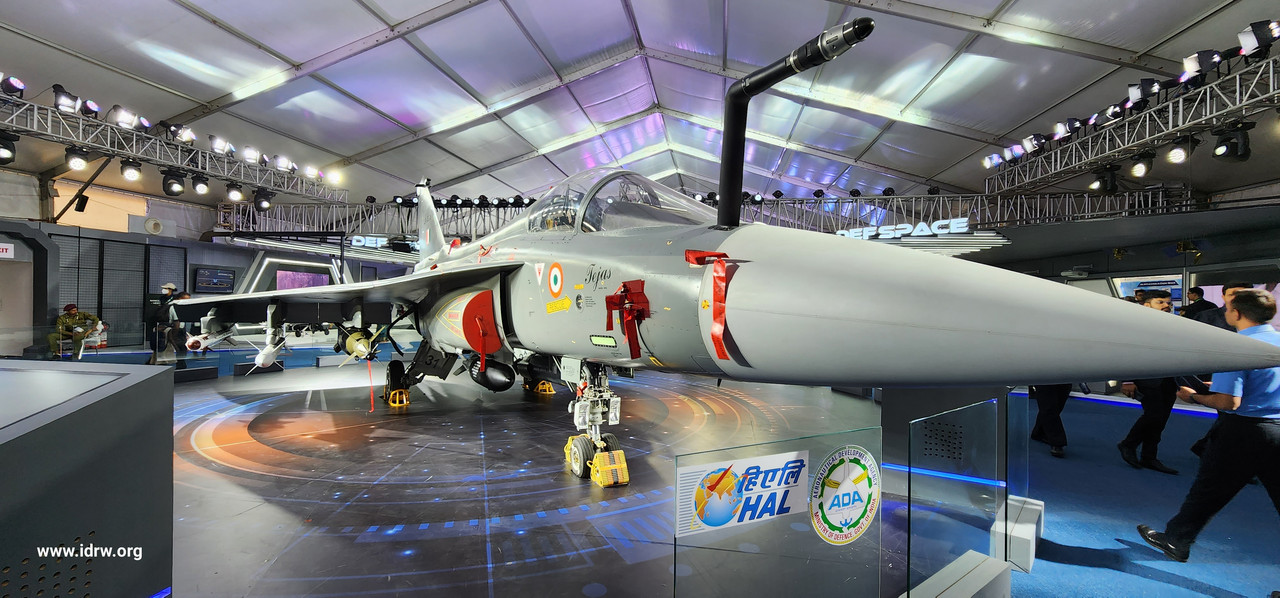

The Indian light combat aircraft, Tejas, seems to have hit a roadblock in its potential export to Botswana. Discussions between Botswana Defence Force (BDF) and Hindustan Aeronautics Limited (HAL) regarding the Tejas fighter jet’s acquisition, which emerged during the 2023 Aero India show in Bengaluru, have reportedly stalled.
The BDF has been actively seeking replacements for its aging fleet of 10 CF-5A and three CF-5D fighter aircraft and fighter trainers. However, their search hasn’t yielded any concrete results. Talks with other potential suppliers, including South Korea for the FA-50 and Sweden for the Saab JAS-39 Gripen, have also failed to progress in Past.
Continue reading